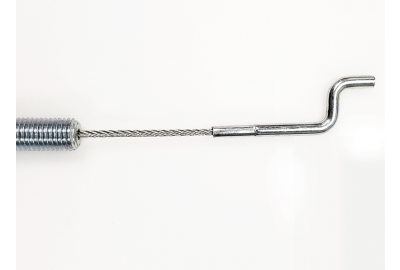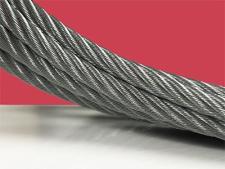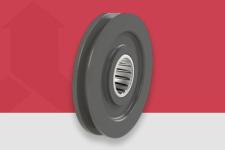When the custom control cable application requires a device to actuate gradual power between two fixed positions, you need a push pull control assembly.
However, when building the right push pull assembly, there are four key cable assembly design considerations to bear in mind when selecting a manufacturer for your custom control cables.
Load
The most important push-pull design consideration when choosing push pull cables is the load being applied to the cable. As important, is whether the load is being pushed, pulled or both. For push applications, cable and fittings need to be designed to avoid buckling during load. In cases where pulling is required, the stroke length and stretch of the cable determine the pulling functionality of the assembly. Too much stretch for instance, and the cable won’t engage its mating device.
However, when the control assembly will be used in conjunction with heavy doors, dampers or heavy industrial reset devices, the load the assembly will withstand is critical, as you don't want the assembly pulling apart under the weight.
Naturally, the load a push pull cable assembly can support is determined by the diameter and construction of the core cable. In the case of heavier loads, the cable will need additional strength, so the diameter or stranding will change.
Radius vs Core Diameter
When constructing your model design of the push pull control assembly, the conduit bend radius should be maximized to reduce the effects of friction within the push pull assembly. Lighter casings, with a lighter load will have more flexibility and slack. Heavier casings, with a heavier load will have very little in the way of flexibility.
Cable Tolerance
During the design considerations, you'll need to know the exact dimensions of the control assembly. You may need to make some fine tune adjustments after receiving the prototype of your push pull control assembly. You will want to go over all the tolerances on the components within your device.
Core Movement Distance (Commonly Known as The Stroke)
When creating your design to be sent over to Sava for the eventual production and manufacturing of your push pull assembly, you'll need to note the stroke length. This is the amount of movement the core will experience within the casing.
Conclusion
When finalizing your design with Sava’s engineering team, you will need to consider the tolerances, lengths, casings, core and fittings when putting in the final order.
Should you have questions regarding any of this information, where to note it and how to include it within the design considerations, manufacturing experts at Sava are standing by and can help through email or phone call. The team can work with you in creating a custom design specifically for your product's needs.
Key Takeaways:
- Know the required support load
- The cable radius should be maximized
- Note the cable tolerances
- Know the stroke length
Whenever you're making final design considerations for your push pull control assembly it is important to keep these four design elements in mind. Should you have further questions regarding what push pull cable to use within your devices, want to know more about the manufacturing process and the materials used within a given assembly, or you are ready to place an order (either for a single device to test how the cable functions or to go into production), now is the time to contact the team at Sava.






